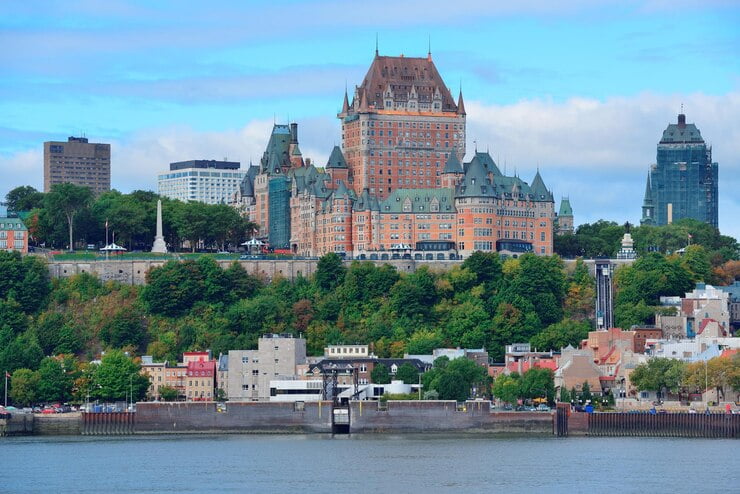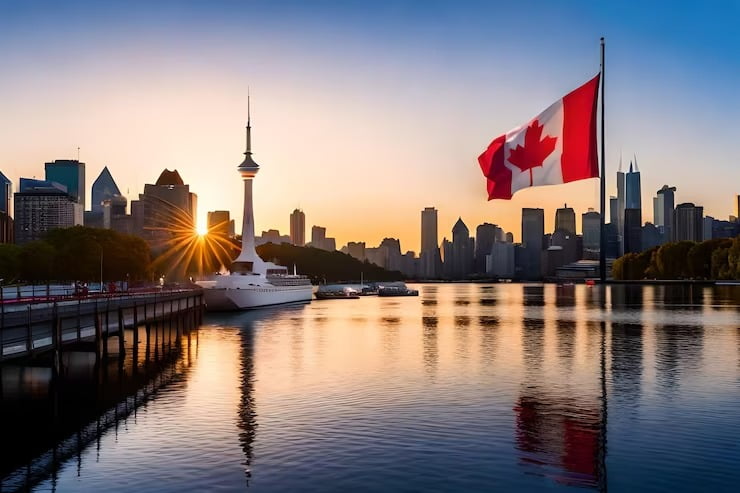5 Canadian Provinces Now Accepting Applications 2024.
On 5th May , five provinces (British Columbia , Quebec, Alberta, Manitoba, and Prince Edward Island ) invited candidates for provincial immigration. Canada continues to welcome skilled workers and their families through its Provincial Nominee Program (PNP), a vital pathway for immigration that caters to the specific needs of its provinces and territories. As we step into 2024, let’s delve into the opportunities that await in five provinces now accepting applications.The PNP allows Canadian provinces to nominate individuals for immigration based on criteria set by the provincial government. British Columbia On April 30, 2024, British Columbia held two provincial immigration draws. The British Columbian government sent out 47 invites in a general draw for the British Columbia Provincial Nominee Programme (BCPNP). As with the other general BC PNP draws this year, candidates from each of the following five streams were taken into consideration for this draw: All but one of these streams, with the exception of the Entry Level and Semi-Skilled applicant group (minimum score of 107), required a minimum score of 131 to earn an invitation. In addition to the general draw, four more draws were held by BC, and invitations were extended to candidates in the Skilled Worker and International Graduate streams (which included the EEBC option). Invitations were sent out specifically to candidates in the following four occupational groups. The precise percentages were as follows: Quebec Quebec, as one of two provinces that post their provincial immigration draw results retroactively, has just recently published the results of two separate draws. On April 11, 2024, the first of these two draws took place. 1,036 persons were invited by the province to apply for permanent selection as a result of this draw. Candidates were required to meet both of the following criteria in order to receive an invitation during this draw: On April 25, Quebec invited another 1,415 candidates to apply for permanent selection. This round of invitations was drawn from the Arrima bank on April 22, 2024. To receive an invitation during this draw, candidates were required to meet the following three criteria After this candidates who received an invitation from the Government of Quebec can now apply for a Quebec Selection Certificate. Immigration candidates are required to obtain this certificate before they apply for permanent residence with IRCC if they intending to settle in Quebec. Alberta Other than Quebec, only Alberta publishes the results of its provincial immigration draw in fluency. This week, Alberta’s PNP, the Alberta Advantage Immigration Programme (AAIP), published the results of a lottery held on April 17, 2024. During this draw, the AAIP sent 49 Notification of Interest (NOI) letters to individuals who qualified for the dedicated healthcare pathway with Alberta job offer category. These candidates all had to have a minimum CRS score of 302. Manitoba On April 30, Manitoba released new PNP draw results. This draw was specifically intended to welcome immigration candidates in accordance with the province government’s special immigration policy for Ukraine. During this draw, the Manitoba Provincial Nominee Programme (MPNP) provided 451 Letters of Advice to Apply to qualified individuals for this exceptional immigration provision. These letters were issued to the following eligible candidates:Those with the following NOC 2021 occupations: In addition to the aforementioned, the MPNP sent 66 letters to individuals who qualified for the province’s International Education stream. Also no minimum score was provided for these candidates. Finally, the PNP issued letters to 26 candidates through the Skilled Worker Overseas stream. These candidates required a minimum score of 796 to be considered. Prince Edward Island On May 2, the PEI Provincial Nominee Programme (PNP) extended six invitations to individuals working in two industries: healthcare and construction. Conclusion Canada’s recent Provincial Nominee Program (PNP) draws underscore the country’s commitment to attracting skilled workers tailored to regional needs. British Columbia, Quebec, Alberta, Manitoba, and Prince Edward Island have all taken steps to invite candidates that meet their specific labour market demands. This targeted approach ensures economic growth and community development across the provinces. Prospective immigrants should keep abreast of these evolving opportunities to find their best pathway to a new life in Canada.












